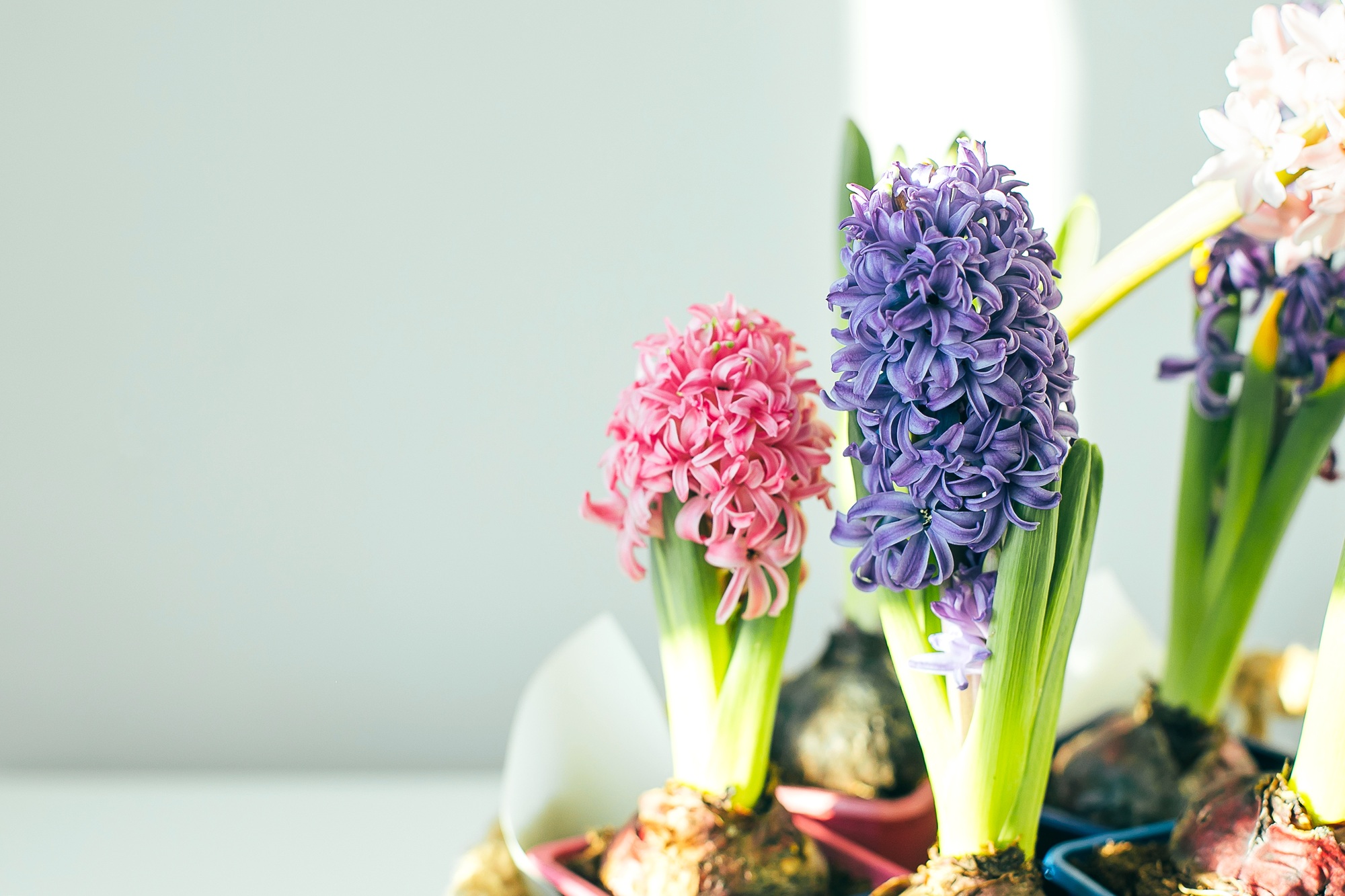Flowers have long been associated with the expression of human emotions, encompassing joy, love, and, inevitably, sadness. The symbolic meanings behind these beautiful blooms allow them to convey messages of mourning, remembrance, and melancholy, making them a poignant part of the language of flowers. This article delves into the flowers that symbolize sadness and their significance in expressing complex feelings like grief, loss, and love.
The Language of Flowers and Sadness
The language of flowers, or floriography, assigns meanings to different flowers, allowing them to communicate sentiments without words. Many flowers are deeply linked to sadness and grief, often used in funerals and memorial services. These blooms help convey condolences and honor the memory of a loved one, evoking the complex emotions of loss and remembrance.
Why Flowers Represent Sadness
- Symbolic meanings: Flowers often carry cultural and historical associations with mourning.
- Delicate beauty: Their ephemeral nature reflects the fragility of life.
- Expressing emotions: Flowers can convey sympathy, remembrance, and love.
Flowers That Symbolize Sadness
Roses
- White Rose: Represents purity and innocence, often seen in funerals and memorials.
- Black Rose: A rare and symbolic flower, representing deep sorrow, mourning, and the end of something significant.
- Red Roses: While primarily symbolizing love, they can also evoke sadness and loss when associated with grief.
Lilies
- White Lily: A powerful symbol of purity and innocence, often used in funerals to represent the soul’s rebirth and renewal.
- Lily of the Valley: Represents sadness, humility, and the return of happiness, symbolizing hope amid grief.
Chrysanthemums
- Meaning: Symbolize death and mourning in many cultures, especially in Asia.
- Funeral Flowers: Frequently used in funeral arrangements to honor the deceased and convey remembrance.
Carnations
- White Carnations: Represent pure love and innocence, often used to express sympathy.
- Pink Carnations: Symbolize remembrance and maternal love, making them suitable for honoring a loved one.
Hyacinths
- Purple Hyacinth: A symbol of sorrow and regret, often used to express deep apologies and grief.
- Blue Hyacinth: Conveys constancy and sadness, making it a thoughtful addition to condolence bouquets.
Additional Flowers Associated with Sadness
Iris
- Symbolizes hope and faith amid sorrow.
- Often included in funeral arrangements to express the enduring strength of love.
Marigold
- Represents grief and despair.
- Commonly used in Day of the Dead celebrations to honor loved ones.
Hydrangea
- Blue Hydrangea: Symbolizes deep regret and apology.
- Represents complex emotions, such as sadness and gratitude.
Violet
- Symbol of modesty and melancholy.
- Represents a quiet form of grief, making it suitable for understated expressions of sadness.
Star of Bethlehem
- Associated with healing and hope after loss.
- Often included in arrangements to signify comfort and peace.
Frangipani
- Evokes feelings of sadness and nostalgia.
- Commonly used in memorial services and to decorate graves.
Creating a Sympathy Flower Arrangement
When designing a bouquet or floral arrangement to express sympathy:
- Choose flowers with symbolic meanings:
- White lilies for purity.
- Chrysanthemums for remembrance.
- Purple hyacinths for sorrow.
- Incorporate complementary elements:
- Delicate greenery to enhance the arrangement’s elegance.
- Muted colors to convey a somber tone.
- Consider cultural preferences:
- Some cultures have specific flowers associated with mourning.
- Ensure the arrangement reflects the recipient’s traditions.
The Role of Flowers in Grief and Healing
Flowers have always played a role in providing comfort and expressing emotions during times of loss. They act as a universal language, conveying messages of sympathy, love, and remembrance. Their symbolic meanings allow us to honor those who have passed while offering solace to the grieving.
- Emotional support: Flowers help evoke feelings of love and connection.
- Symbol of hope: Many blooms represent rebirth and renewal, reminding us of the cyclical nature of life.
- Memorials: Flowers decorate graves and memorials, creating spaces for reflection and remembrance.
Conclusion
Flowers, with their profound symbolic meanings, offer a way to express sadness, loss, and hope in times of mourning. From the purity of lilies to the melancholy of purple hyacinths, these blooms convey emotions that words often cannot. By understanding the language of flowers, we can create meaningful gestures that honor the memory of loved ones and provide comfort to those who grieve.







